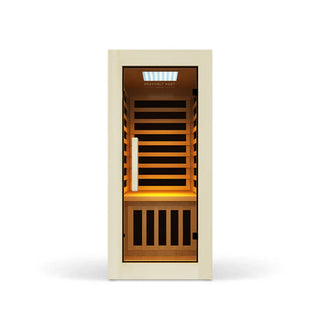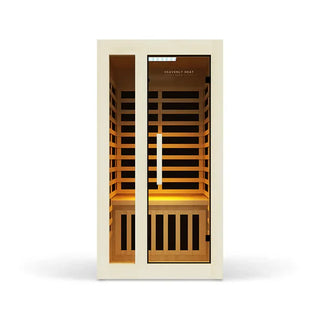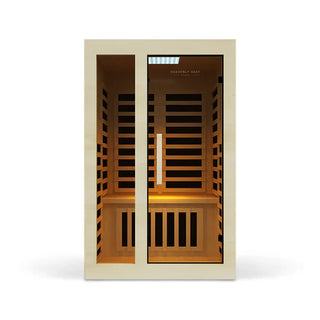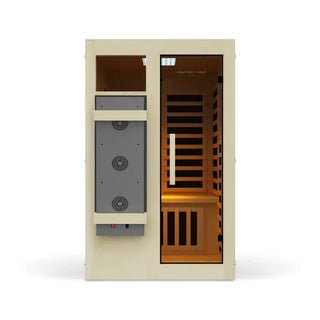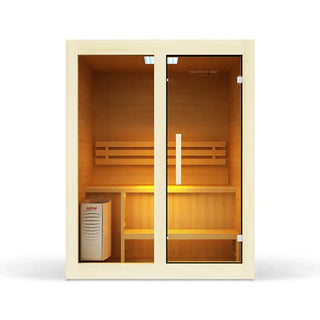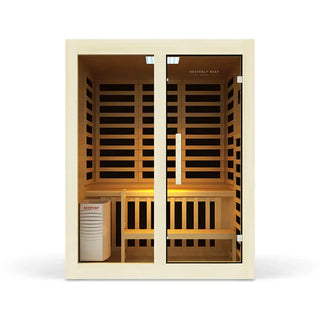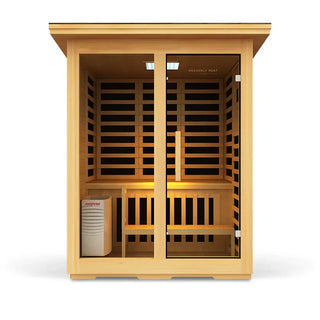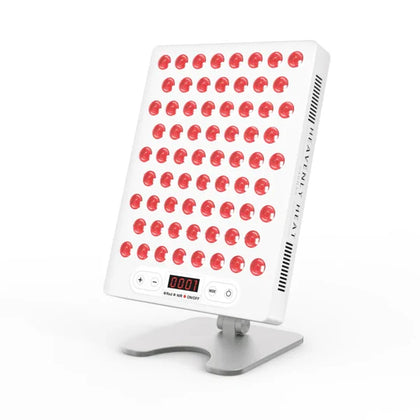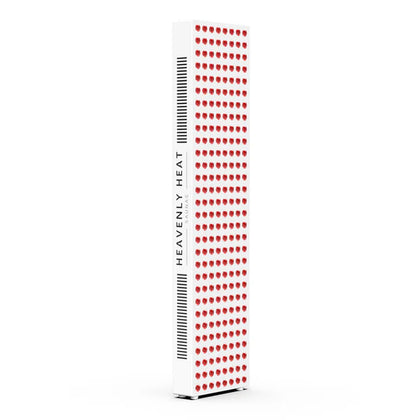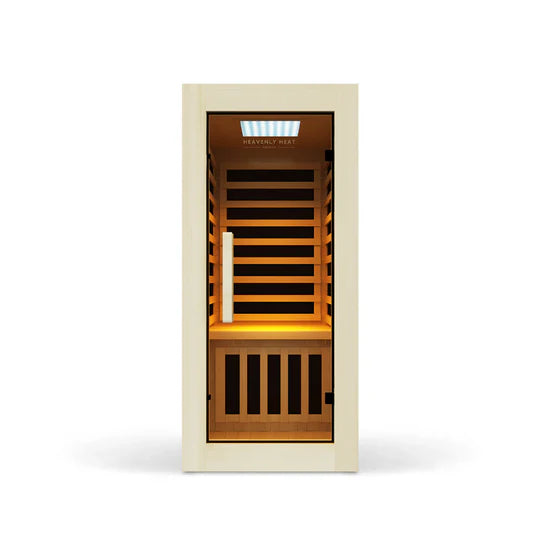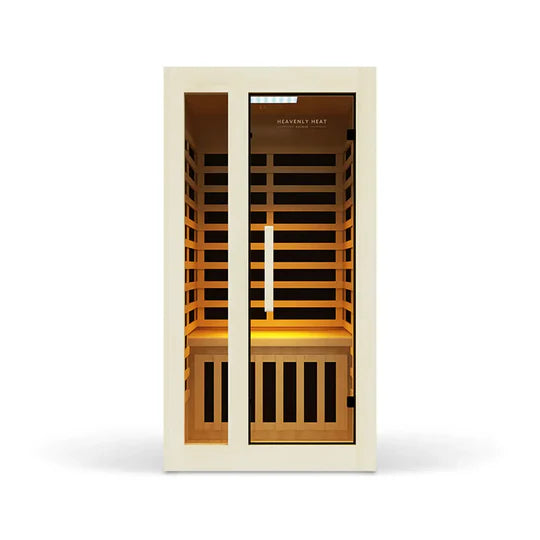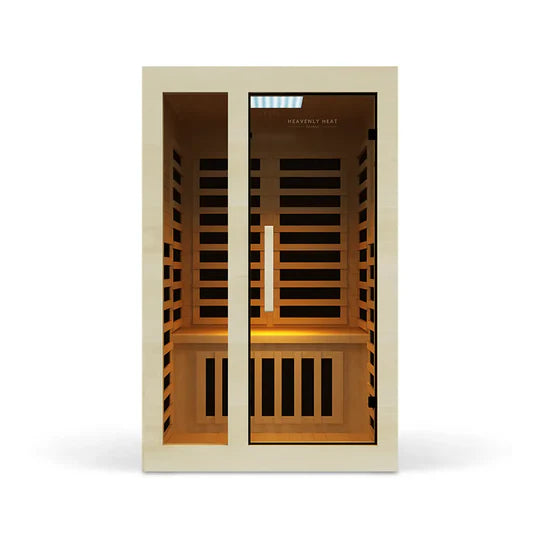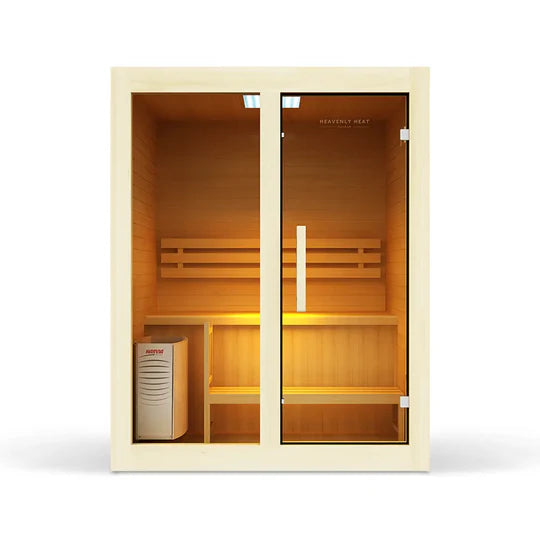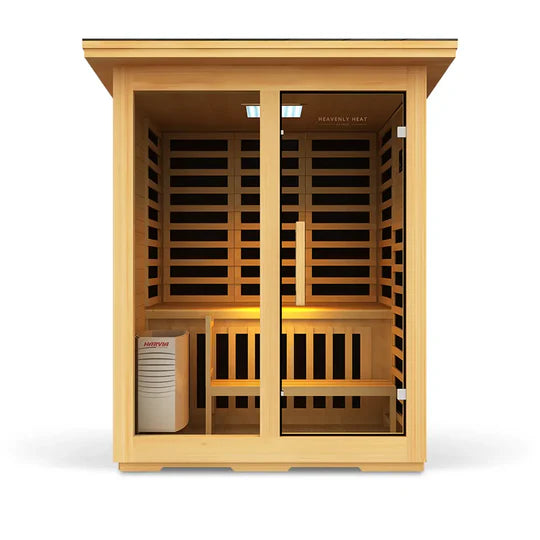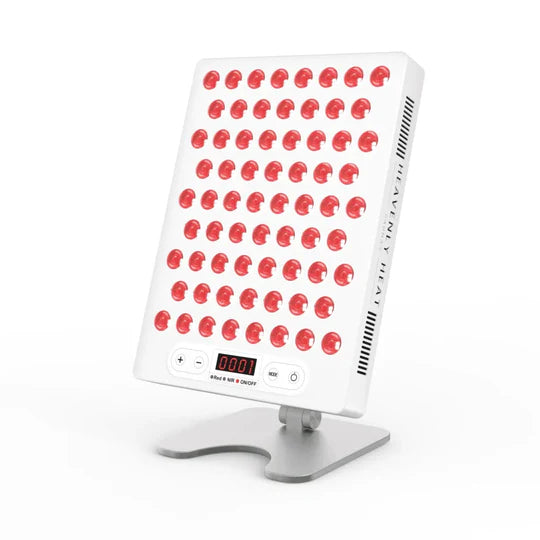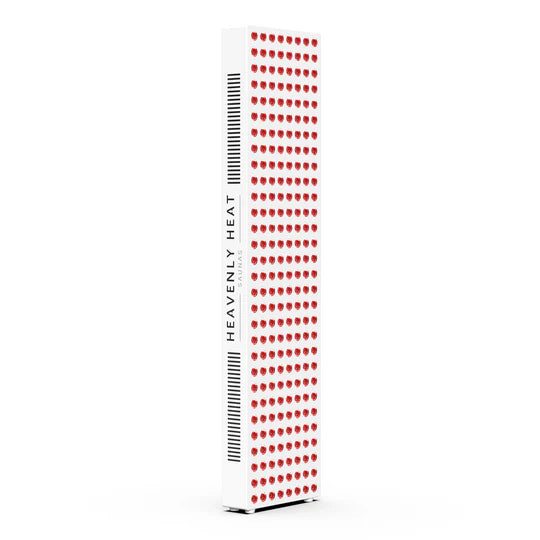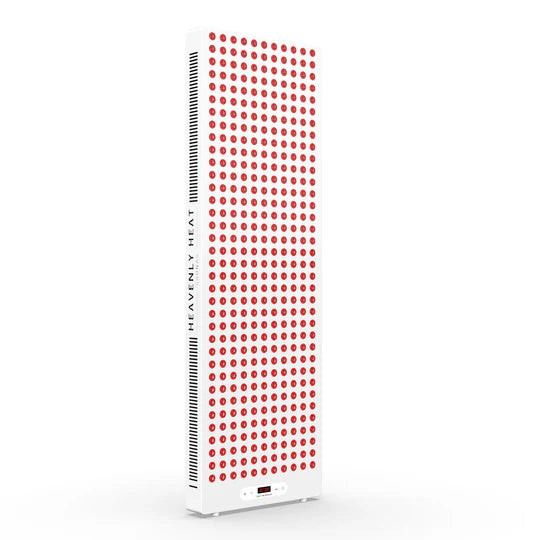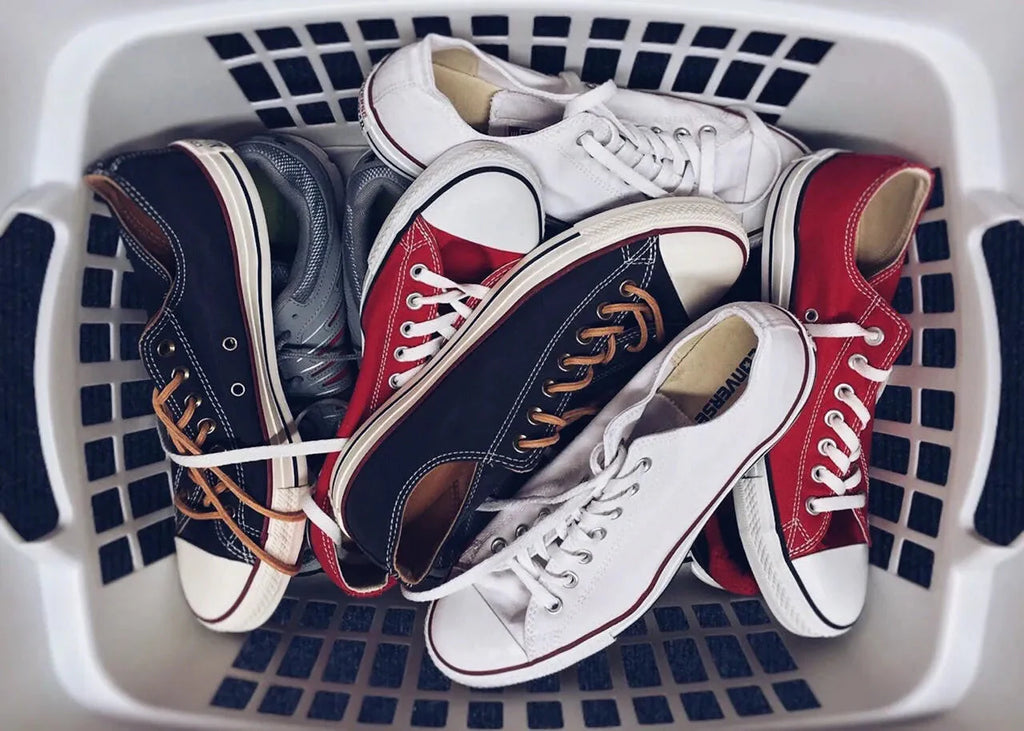How to Use Red Light Therapy to Stop Hair Loss?

Red light therapy offers impressive health benefits, from reducing inflammation to enhancing cell repair and boosting circulation.
But does it actually help with hair loss? Hair thinning is more common than many think—around 50% of men experience male pattern baldness, and nearly 40% of women face hair thinning by age 50,
according to the Canadian Dermatology Association. If hair loss feels inevitable, here’s how red light therapy may be the solution you’ve been looking for.
Table of contents
Key Takeaways
- Choose the Right Device: Select a red light therapy device that best suits your needs, such as helmets or combs.
- Select Effective Wavelengths: Aim for wavelengths like 630-970 nm for optimal results in hair growth.
- Prepare Your Scalp: Clean your scalp before sessions to enhance light penetration and effectiveness.
- Be Consistent: Regular use of red light therapy is crucial for noticeable improvements in hair density and thickness.
- Combine with Healthy Habits: Pair therapy with a balanced diet, hydration, and scalp massages for better results.
Common Causes for the Hair Loss
- Genetics: If hair loss runs in your family, you might notice gradual thinning as you age, affecting both men and women.
- Hormonal Changes: Changes from pregnancy, menopause, or thyroid issues can lead to temporary hair loss as your body adjusts.
- Stress: High stress, whether physical or emotional, can push hair into a shedding phase. Reducing stress often helps hair bounce back.
- Nutritional Deficiencies: Low levels of key nutrients like iron, vitamin D, and protein can weaken hair. A balanced diet is essential for hair strength.
- Medical Conditions & Medications: Conditions like alopecia or even certain medications can cause hair loss as a side effect.
- Overstyling & Harsh Treatments: Excessive heat styling, tight hairstyles, or chemical treatments can damage your hair and lead to breakage.
- Aging: With age, it’s natural for hair to thin and grow weaker, often becoming more noticeable after 50.
- Scalp Conditions: Issues like psoriasis or dermatitis can inflame the scalp, disrupting healthy hair growth.
Does red light therapy help with hair loss?
Yes, red light therapy may help with hair loss by improving hair density, thickness, and scalp health. Studies show it can stimulate hair follicles, encouraging healthier, stronger hair with regular use.
A 2023 study by Kim et al. tested a helmet-like device emitting low-level light therapy (LLLT) wavelengths on 50 participants for 24 weeks. The participants used the device daily for 20 minutes, and researchers tracked changes in hair thickness, density, and scalp health at 12 and 24 weeks.
Results showed a noticeable increase in both hair density and thickness, along with a significant reduction in scalp sebum, which improved scalp appearance and health for about 73% of participants. This study supports red light therapy as a promising option for reducing hair loss and promoting a healthier scalp.
In another study conducted by Raymond J. Lanzafame and colleagues, researchers explored how low-level laser therapy (LLLT) at 655 nm affects hair growth in men with androgenic alopecia. They divided the participants into two groups, with one receiving real LLLT treatments and the other a placebo.
After 16 weeks of regular treatments, the group using red light therapy showed a remarkable 39% increase in hair count, with no side effects reported. This shows that consistent red light therapy can be a powerful way to promote hair growth and combat hair loss.
How to Use Red Light Therapy to Stop Hair Loss?
Choose the correct Red Light Therapy Device
When it comes to red light therapy for hair growth, choosing the right device can make a big difference. Handheld devices are compact and work well for targeting small areas, but they do take longer if you want full scalp coverage.
For those looking for broader exposure, panels are a great option—they’re larger and can cover more of the scalp at once, which makes them ideal for clinics or faster home treatments. Comb devices are unique in that they have bristles to help light penetrate deeper into the scalp, though they only treat small sections at a time.
For an easy, hands-free solution, cap devices are a popular choice. They cover the scalp evenly, making them convenient and effective.
The helmet-shaped device stands out for hair growth because it’s designed to cover the entire scalp with a balanced light.
In one study lasting 24 weeks, participants used a helmet device with 630–970 nm wavelengths and saw impressive results: 73.5% had thicker, denser hair by the end.
If you want a simple yet powerful option for consistent scalp treatment, the helmet shape may be the most effective choice.
Select the Right Wavelength
To effectively use red light therapy for stopping hair loss, it’s crucial to select the right wavelengths. Studies show that specific wavelengths can significantly impact hair growth.
For instance, one trial involved a helmet-like device that emitted light in the ranges of 630–690 nm, 820–880 nm, and 910–970 nm. Over 24 weeks, participants experienced a remarkable increase in hair density and thickness, with more than 73% noting improvements in the overall appearance of their hair and scalp.
Another study focused on a 655 nm wavelength, which also showed promising results. Men who used this red light therapy reported a 39% increase in hair growth after 16 weeks. By choosing devices that target these effective wavelengths, you can enhance your chances of promoting hair regrowth.
Prepare Your Scalp
Before you start red light therapy, clean your scalp to remove any oils, sweat, or styling products. These can block the light from reaching your hair follicles, which reduces the therapy’s effectiveness.
Gently exfoliating helps the light penetrate better and reach the roots directly. By starting with a fresh scalp, you minimize irritation and make each session more effective, allowing the red light to work its magic on your follicles.
Track Your Progress
To measure how well red light therapy is working, start by taking clear photos of your scalp as a baseline. Over time, take new photos and compare them to track changes in hair thickness and density.
If you notice your hair getting thicker or fuller over time, that’s a good sign the therapy is effective. On the other hand, if you don’t see much change, this tracking will help you decide if you should adjust your routine to improve results.
Be Consistent
For the best results with red light therapy, use your device regularly as recommended. Each session keeps your hair follicles stimulated.
Missing sessions can slow down progress and delay improvements, but staying consistent helps you see stronger, denser hair over time.
Combine with Other Healthy Hair Habits
Combining red light therapy with other hair-care practices can boost your results significantly.
- Eat a Balanced Diet: Focus on foods rich in biotin, zinc, and vitamin E to support healthy hair growth.
- Avoid Heat Damage: Limit heat styling to prevent hair from weakening and breaking.
- Try Scalp Massages: Use gentle massages to boost blood flow and nourish hair follicles.
- Stay Hydrated: Drink plenty of water to keep your scalp and hair hydrated from the inside out.
- Get Enough Sleep: Prioritize quality sleep to help your body repair and promote overall hair health.
Other Therapies that help with Hair Loss
Microneedling
If you're wondering whether microneedling can actually stop hair loss, the answer is looking more like a yes.
Microneedling uses tiny needles to make small pricks on your scalp. These tiny injuries send signals to your body to heal, and in that process, it releases natural growth factors and proteins like Wnt, which are key for waking up the hair root cells (called dermal papilla) and starting new hair growth.
In one study , men who combined microneedling with minoxidil grew way more hair than those who used minoxidil alone, about four times more.
Another review looked at several clinical trials and found the same thing: microneedling made a big difference, especially when paired with other treatments.
Some even started seeing results in just 12 weeks. So if you’ve tried hair loss products and nothing seems to work, microneedling might be the boost your scalp needs to finally grow hair again.
Essential Oils
Essential oils might be a natural way to fight hair loss—and they’re easier to use than you might think.
Oils like rosemary, thyme, lavender, and cedarwood can boost blood flow to your scalp and wake up sleepy hair follicles.
When you gently massage them into your scalp with carrier oils like jojoba or grapeseed, they don’t just relax you—they can actually help your hair grow.
One study followed people with alopecia areata for 7 months and found that 44% of those using essential oils saw real hair regrowth, compared to only 15% using plain oils.
Another study looked at rosemary oil for pattern baldness and found it worked just as well as minoxidil (a common hair treatment), without the annoying side effects like scalp itching.
So if you’re looking for a gentler, more natural way to stop hair loss, essential oils might be worth a try.
Scalp Massage
Scalp massage helps stop hair loss by improving blood flow, relaxing tight scalp muscles, and gently stretching the skin.
This process wakes up the hair follicles and encourages them to grow stronger, thicker hair. According to a 2016 study in Eplasty, men who did just 4 minutes of scalp massage daily for 24 weeks saw an increase in hair thickness.
The massage also triggered changes in the scalp’s cells, boosting hair growth genes and calming down the ones linked to hair loss. It’s a simple habit that can really help.
Green Light Therapy
Green light therapy helps stop hair loss by waking up tired hair follicles and boosting blood flow to the scalp.
When green light shines on your scalp, it gives energy to the cells that grow hair, helping them work better and grow stronger strands.
According to a 2024 study in Photodermatology, Photoimmunology & Photomedicine, people who used green and red LED light saw thicker hair and more hair growth in just six months. Green light worked well, and it caused almost no side effects.
Other Benefits of Red light therapy
- Boosts Collagen: Helps your skin stay firm and reduces wrinkles.
- Speeds Up Healing: Helps cuts and scars heal faster.
- Reduces Pain: Lowers swelling and discomfort in joints and muscles.
- Improves Mood: This can help lift your spirits and reduce feelings of sadness.
- Increases Energy: Gives you a natural boost to feel more awake and active.
- Supports Joint Health: Makes it easier to move without pain.
How long does it take for red light therapy to show results for hair loss?
Red light therapy can take a few weeks to show noticeable results in reducing hair loss and promoting hair growth.
In a study where men used a special helmet device for 20 minutes daily over 24 weeks, researchers saw significant improvements in hair density and thickness.
About 73% of participants reported a better appearance of their scalp after the treatment. Another study found that after just 16 weeks of using a red light device, men experienced a 39% increase in hair counts.
So, if you’re considering red light therapy, expect to give it around 16 to 24 weeks to see meaningful changes in your hair growth.
In conclusion, according to studies, you can expect to see results from using a red light therapy device after 12 to 24 weeks of daily 20-minute sessions.
It’s important to use the therapy consistently and as directed. Skipping sessions may slow your progress, so sticking to your routine will help you achieve the best outcomes.


